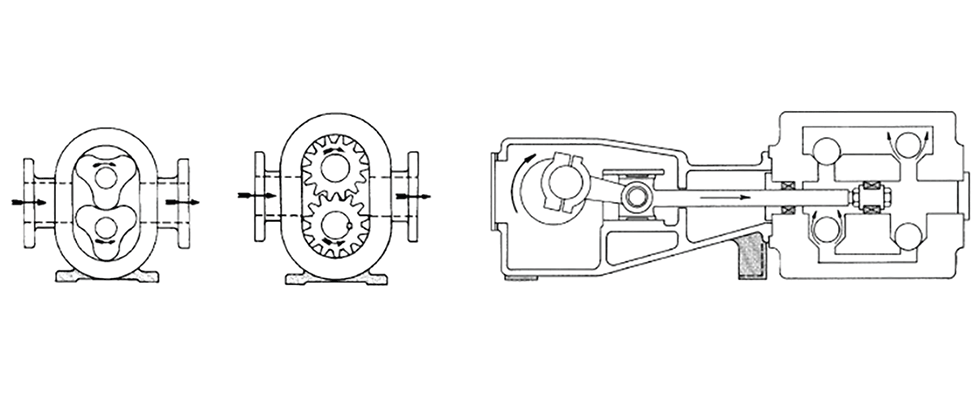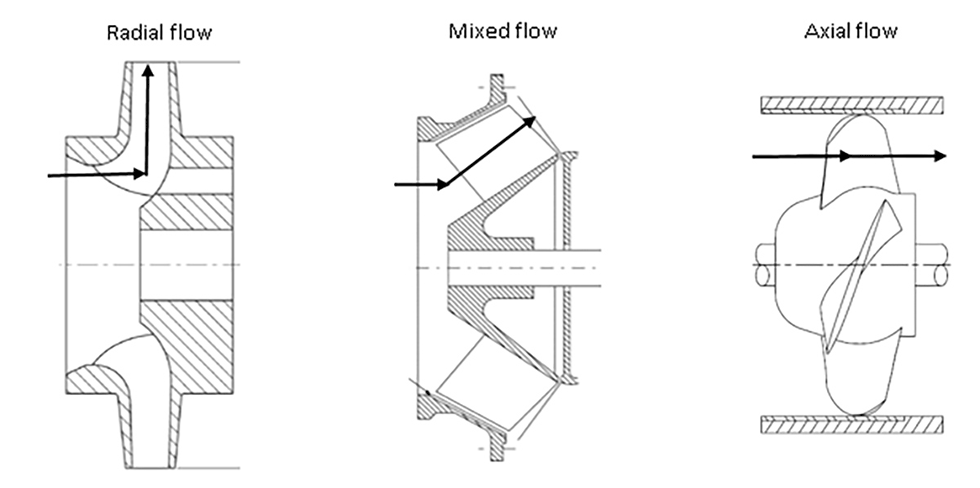
Back to basics: What are the differences between positive displacement and centrifugal pumps?
It is important to remember that there is a pump variation for every application, and each one has unique considerations. To serve the many applications, there are two primary categories that relate to how the pumps add energy fluid.

The two categories are rotodynamic pumps—which includes centrifugal pumps—and positive displacement
pumps. The two categories of pumps are different in their configuration and performance characteristics.
A positive displacement pump is defined as a machine where chambers fill and empty during every cycle of
operation. Positive displacement pumps can be divided into two subcategories, which are reciprocating and rotary types (Image 1).

Rotary pumps achieve pumping through meshing of gears, lobs, screws, etc., while reciprocating pumps achieve pumping through a piston, plunger or diaphragm and check vales.
All positive displacement pumps operate on the principle that a set volume is trapped in the pumping chamber and is conveyed from the inlet to the outlet of the pump with every revolution of the shaft. There will be some additional internal leakage as differential pressure increases, but volume per shaft revolution enables the pump to provide a nearly constant flow rate as system pressure increases or decreases. This principle means that total differential pressure is not related to rotational speed (constant torque), which requires careful motor and variable frequency drive (VFD) considerations.
Rotodynamic pumps are kinetic machines in which energy is continuously imparted to the pumped fluid by means of a rotating impeller, propeller or rotor. These pumps transfer mechanical energy to the fluid primarily by increasing the kinetic energy. Kinetic energy is then converted into potential energy (pressure) in the discharge collector.
As illustrated in Image 2, the most common types of rotodynamic pumps are radial (centrifugal), mixed flow and axial flow (propeller) pumps, including pumps historically referred to as vertical turbine pumps. The most common type is the radial flow type, which is commonly referred to as a centrifugal pump.
For more information on centrifugal and positive displacement pumps, refer to Positive Displacement Pump and Rotodynamic Pump eLearning Courses at training.pumps.org.

